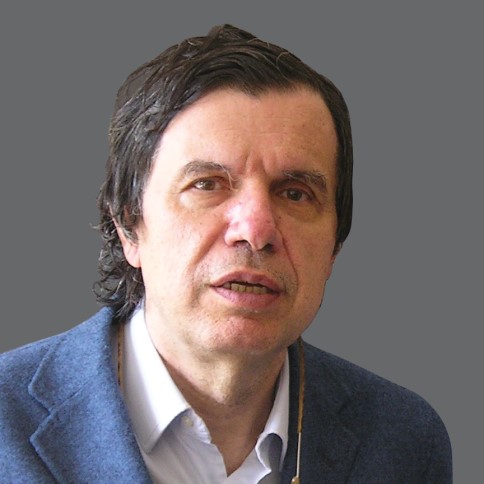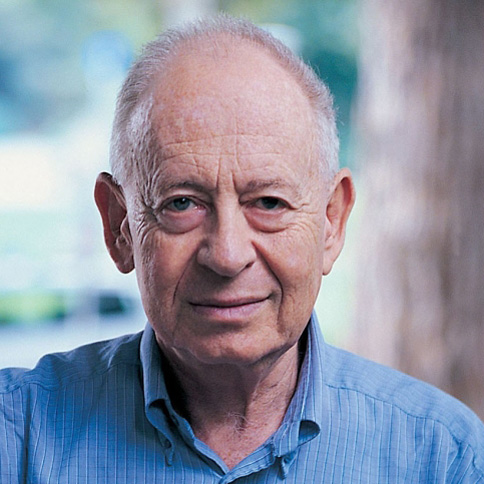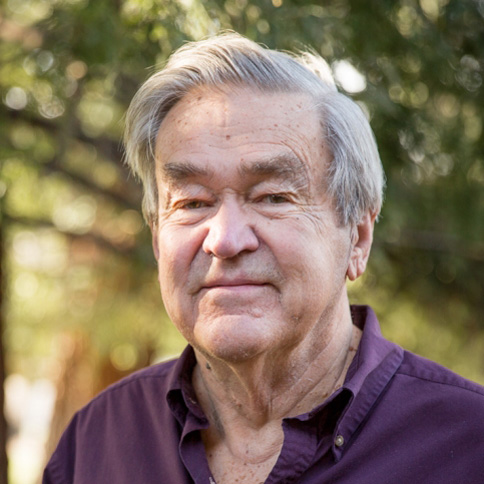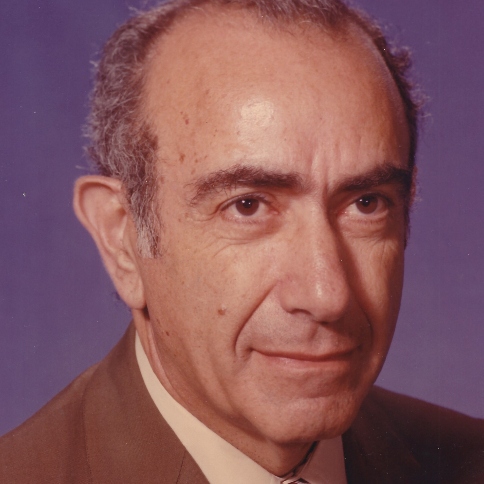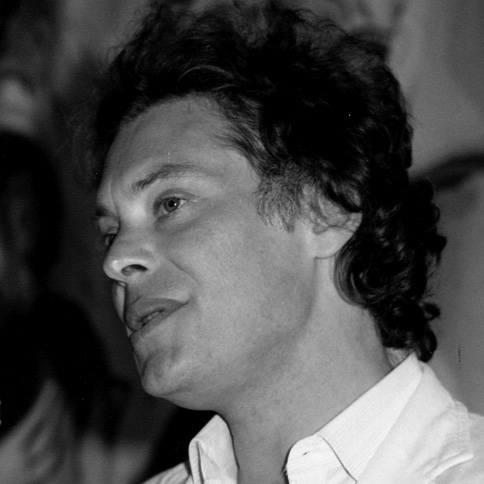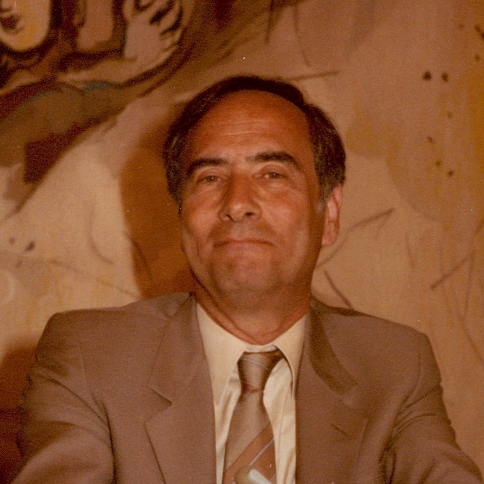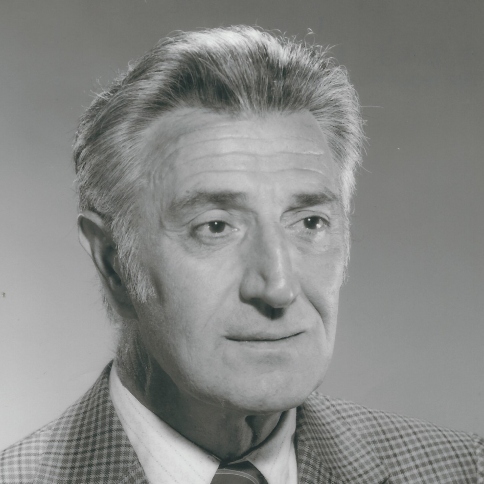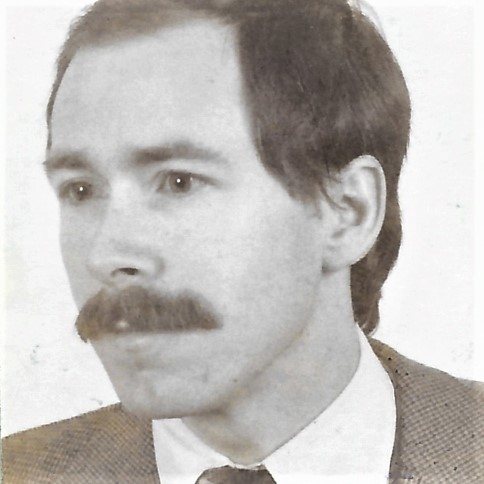
Anthony J. Leggett
Wolf Prize Laureate in Physics 2002/3

Anthony J. Leggett
Affiliation at the time of the award:
University of Illinois, USA
Award citation:
“for key insights into the broad range of condensed matter physics: Leggett on superfluidity of the light helium isotope and macroscopic quantum phenomena; and Halperin on two- dimensional melting, disordered systems and strongly interacting electrons”.
Prize share:
Anthony J. Leggett
Bertrand I. Halperin
The 2002/3 Wolf Prize for Physics is awarded to Professors Bertrand I. Halperin and Anthony J. Leggett for their seminal contributions to the broad range of structures and processes met in condensed forms of matter, a field of study in which understanding of subtle quantum phenomena paves the way to the solid state devices of tomorrow.
Halperin and Leggett have provided a better understanding of the macroscopic properties of materials which rely on non-intuitive quantum effects and interactions, that determine the properties of different states of matter and transitions between them. The theoretical works of both recipients have always been accompanied by experimentation and have had a significant impact on understanding numerous physical phenomena.
Leggett is recognized for his theory of the superfluidity (frictionless flow) of the light helium isotope at very low temperatures, for his exploration of macroscopic quantum coherence and for his contribution to the study of dissipation processes in quantum systems that cannot be ignored in practical applications.















